Related Research Articles
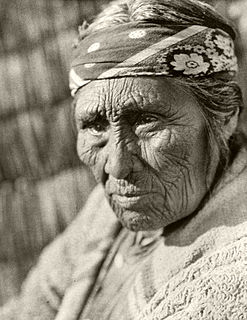
The Klamath people are a Native American tribe of the Plateau culture area in Southern Oregon and Northern California. Today Klamath people are enrolled in the federally recognized tribes:
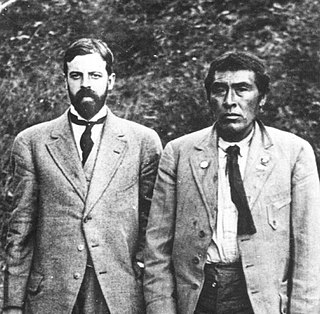
Alfred Louis Kroeber was an American cultural anthropologist. He received his PhD under Franz Boas at Columbia University in 1901, the first doctorate in anthropology awarded by Columbia. He was also the first professor appointed to the Department of Anthropology at the University of California, Berkeley. He played an integral role in the early days of its Museum of Anthropology, where he served as director from 1909 through 1947. Kroeber provided detailed information about Ishi, the last surviving member of the Yahi people, whom he studied over a period of years. He was the father of the acclaimed novelist, poet, and writer of short stories Ursula K. Le Guin.

Achomawi, are the northerly nine bands of the Pit River tribe of Native Americans who live in what is now northeastern California in the United States. These nine autonomous bands of the Pit River Indians historically spoke slightly different dialects of one common language, and the other two bands spoke dialects of a related language, called Atsugewi. The name "Achomawi" means river people and properly applies to the band which historically inhabited the Fall River Valley and the Pit River from the south end of Big Valley Mountains, westerly to Pit River Falls. The nine bands of Achumawi lived on both sides of the Pit River from its origin at Goose Lake to Montgomery Creek, and the two bands of Atsugewi lived south of the Pit River on creeks tributary to it in the Hat Creek valley and Dixie Valley.
The Atsugewi are Native Americans residing in northeastern California, United States. Their traditional lands are near Mount Shasta, specifically the Pit River drainage on Burney, Hat, and Dixie Valley or Horse Creeks. They are closely related to the Achomawi and consisted of two groups. The Atsugé traditionally are from the Hat Creek area, and the Apwaruge are from the Dixie Valley. They lived to the south of the Achomawi.

The Hokan language family is a hypothetical grouping of a dozen small language families that were spoken mainly in California, Arizona and Baja California. In the first half-century after the "Hokan hypothesis" was first proposed by Roland B. Dixon and Alfred L. Kroeber, and further elaborated by Edward Sapir, little additional evidence was found that these families were related to each other. But since about 1950, increased efforts to document Hokan languages and to establish sound correspondences in proposed lexical resemblance sets have added weight to the Hokan hypothesis, leading to its acceptance by many specialists in the languages of California, Oregon, and Meso-America, although some skepticism remains among scholars.
The Wintu are Native Americans who live in what is now Northern California. They are part of a loose association of peoples known collectively as the Wintun. Others are the Nomlaki and the Patwin. The Wintu language is part of the Penutian language family.

The Pit River is a major river draining from northeastern California into the state's Central Valley. The Pit, the Klamath and the Columbia are the only three rivers in the U.S. that cross the Cascade Range.
The Winnemem Wintu are a band of the Native American Wintu tribe originally located along the lower McCloud River, above Shasta Dam near Redding, California.
The Achumawi language is the indigenous language spoken by the Pit River people in the northeast corner of present-day California. The term Achumawi is an anglicization of the name of the Fall River band, ajúmmááwí, from ajúmmá "river". nine bands, with dialect differences primarily between upriver and downriver dialects, demarcated by the Big Valley mountains east of the Fall River valley.
Palaihnihan is a language family of northeastern California. It consists of two closely related languages, both now extinct:
- Atsugewi(†)
- Achumawi(†)
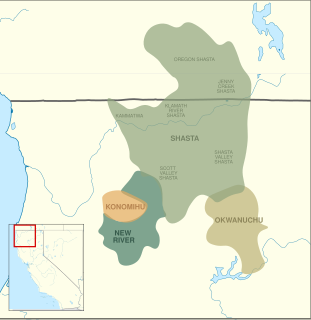
The Shastan family consisted of four languages, spoken in present-day northern California and southern Oregon:
- Konomihu(†)
- New River Shasta(†)
- Okwanuchu(†)
- Shasta(†)
The Shastan peoples are a group of linguistically related indigenous peoples from the Klamath Mountains. They traditionally inhabited portions of several regional waterways, including the Klamath, Salmon, Sacramento and McCloud rivers. Shastan lands presently form portions of the Siskiyou, Klamath and Jackson counties. Scholars have generally divided the Shastan peoples into four languages, although arguments in favor of more or less existing have been made. Speakers of Shasta proper-Kahosadi, Konomihu, Okwanuchu, and Tlohomtah’hoi "New River" Shasta resided in settlements typically near a water source. Their villages often had only either one or two families. Larger villages had more families and additional buildings utilised by the community.
The Nomlaki are a Wintun people native to the area of the Sacramento Valley, extending westward to the Coast Range in Northern California. Today some Nomlaki people are enrolled in the federally recognized tribes: Round Valley Indian Tribes, Grindstone Indian Rancheria or the Paskenta Band of Nomlaki Indians. The Nomlaki were bordered by the Wintu (Wintun) in the north, the Yana in the northeast and east, the Konkow (Maiduan) in the east, the Patwin (Wintun) in the south, and the Yuki in the west.One family in the Nomlaki tribe is the Payne family.

The Patwin are a band of Wintun people native to the area of Northern California. The Patwin comprise the southern branch of the Wintun group, native inhabitants of California since approximately 500 AD.
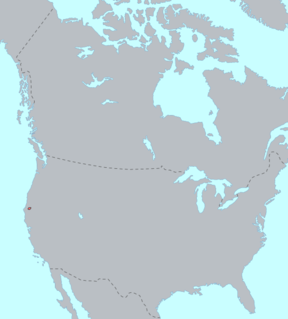
The Chimariko are an indigenous people of California, who originally lived in a narrow, 20-mile section of canyon on the Trinity River in Trinity County in northwestern California.
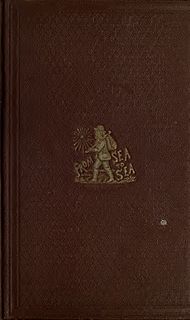
Stephen Powers (1840–1904) was an American journalist, ethnographer, and historian of Native American tribes in California. He traveled extensively to study and learn about their cultures, and wrote notable accounts of them. His articles were first published over a series of years in the Overland Monthly journal, but collected in The Tribes of California (1877) published by the US Geological Survey.
Shasta traditional narratives include myths, legends, tales, and oral histories preserved by the Shasta people of northern California and southern Oregon.

Castle Lake is a glacial lake located in the Trinity Mountains, in Siskiyou County of northern California. It is west of Mount Shasta City and Mount Shasta peak.
Okwanuchu is an extinct Shastan language formerly spoken in northern California. Kroeber described the language as "peculiar. Many words are practically pure Shasta; others are distorted to the very verge of recognizability, or utterly different." Golla speculates at length that the language may have mixed in another, non-Shasta language. Du Bois, interviewing a survivor of a group that the Wintu called Waymaq, who she believed were probably identical to the Okwanuchu, recorded some words, including atsa ("water"). Golla writes that eighteen more words are found, under the name "Wailaki [also meaning 'North People'] on McCloud", in an 1884 work by Jeremiah Curtin; he too recorded atsa ("water"), and five words not found elsewhere in Shastan.
Konomihu is an extinct Shastan language formerly spoken in northern California. There may have been only a few speakers even before contact, and they self-identified as Shasta by the turn of the 20th century.
References
- Kroeber, A. L., “Handbook of the Indians of California.” New York, Dover Publications, 1976. Reprint. (Written in 1918, originally published as Kroeber, A.L., "Handbook of the Indians of California" (Bureau of American Ethnology Bulletin 78, Washington, D.C., 1925), subsequently reprinted in 1953 and 1976).